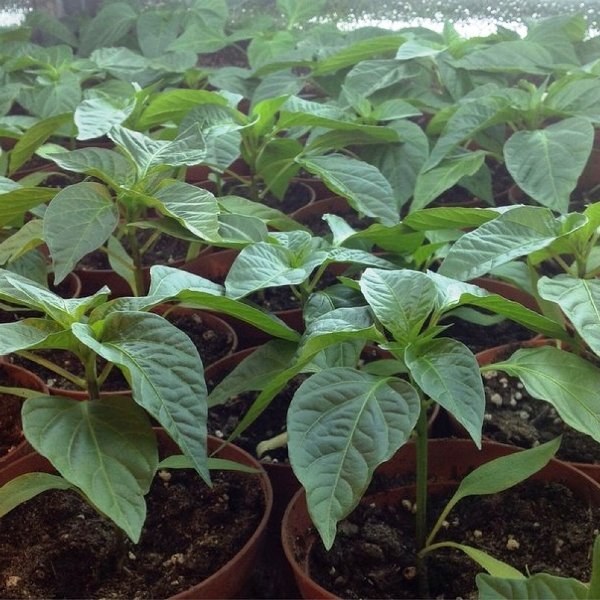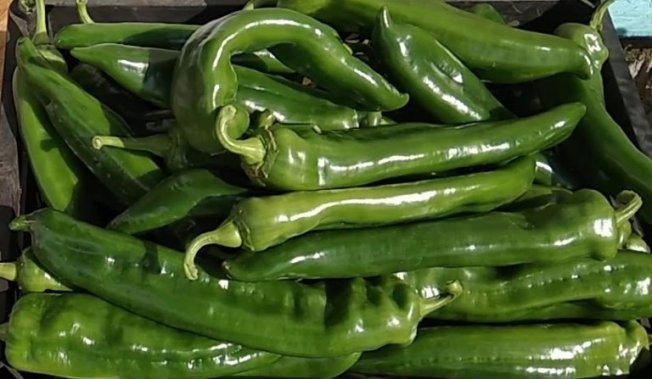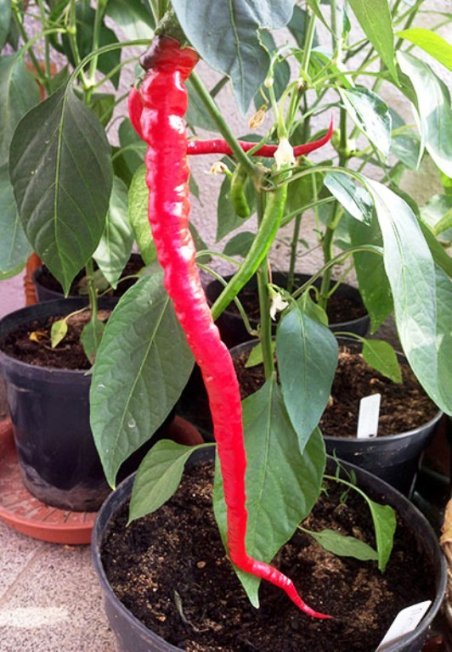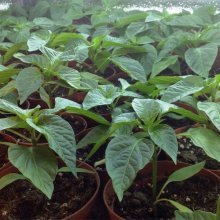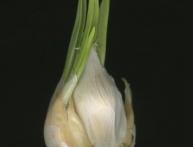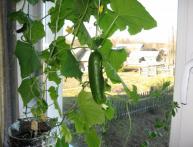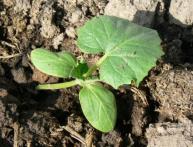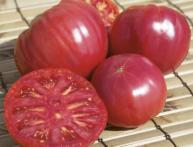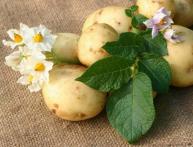Sweet pepper Python, variety description, photo, care recommendations
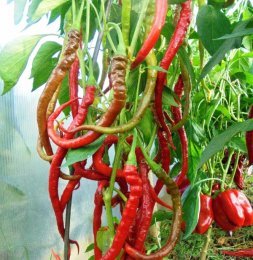
Sweet pepper in the understanding of most is a large and juicy fruit.
However, selection does not stand still and this idea can already be destroyed by the Python pepper, the shape of which can surprise anyone.
Content:
- Pepper Python characteristics and description of the variety
- Yield of sweet thin pepper
- Agricultural cultivation techniques, care recommendations
- Advantages and disadvantages
- Python pepper, photos and reviews of those who grew it
- Python pepper: what to do with it, what dishes you can cook
Pepper Python characteristics and description of the variety
We have to thank the company of proprietary seeds “Gavrish” for the appearance of this strange and interesting hybrid on the modern market.
The characteristic features of the variety include:
- Early ripeness - no more than 125 days pass from the formation of the first shoots to the beginning of fruiting;
- This is a sweet pepper, despite the characteristic shape that is often found in hot peppers;
- The height of the bush can reach 140 cm when Python is grown in glass and film greenhouses;
- The shape of the fruit is trunk-shaped and can reach 27 cm in length;
- The average weight of the fruit is 60 g with a wall thickness of 3 mm;
- The color of the fruit changes from green to red after reaching full maturity.
Before disembarking seeds are usually germinated for seedlings, sowing at the end of February and transferring to open soil by the end of May. Harvesting can begin as early as July.
Yield of sweet thin pepper
The hybrid is distinguished not only by its bizarre shape for sweet peppers. Since the fruits of this plant are not thick-walled, it must be very light and the harvest cannot be particularly large-scale.
However, from just one square meter you can get from 3 to 3.8 kg of ripe fruits.
For a thin-walled Python, these are really good indicators, which is difficult to expect from such a bizarre hybrid.
Let's watch a video about Python pepper:
Agricultural cultivation techniques, care recommendations
It is recommended to start sowing seedlings several months before planting seedlings in open ground, in February or March.
For sowing, it is necessary to prepare in advance a fertile mixture of garden soil, ash, humus, peat and a drainage layer of sand.
After this you need:
- Disinfect the mixture by calcining it in an oven or simply pour it with a hot solution of potassium permanganate;
- Before sowing, it is also recommended to disinfect the seeds by filling them with a one percent solution of potassium permanganate, and then treating them with a mixture of a growth stimulator;
- Since pepper roots are very thin and fragile, they are easily damaged during the transplanting process. To avoid possible damage, it is recommended to immediately sow seedlings in peat tablets or separate glasses;
- It is recommended to sow seeds to a depth of no more than a centimeter, then cover the containers with seeds in a warm place, covering them with film, creating greenhouse conditions;
- After the formation of the first shoots, the containers need to be moved to the windowsill. It is important to provide sufficient lighting for 12-15 hours. If there is not enough daylight, use special lamps;
- At the two-leaf stage, spend transplantation into separate containers;
- Planting in open soil is carried out at the rate of three plants per square meter;
- It is recommended to water the planted seedlings daily with warm, settled water. It is better to water in the morning or evening, avoiding periods of midday heat;
- Before the seedlings take root, they only need to be watered, after which you should start loosening the soil without fear of damaging the root;
- It is recommended to fertilize seedlings three to four times a season with complex mineral fertilizers containing nitrogen, potassium and phosphorus.
In addition to general care, you need to deal with the formation of the bush. All shoots up to the first fork should be cut off.
Let's watch a video about growing sweet salad peppers:
Advantages and disadvantages
In addition to its interesting shape, this hybrid is distinguished by a number of positive properties.
These include:
- It is resistant to attacks from most pepper diseases;
- Resistant to temperature fluctuations;
- With a temporary lack of moisture in the soil, the amount of harvest does not decrease;
- It has a relatively high yield of up to a kilogram per bush;
- Known for its pronounced aroma, although the taste is moderate;
- When grown on glazed balconies, the fruiting period can be extended.
Despite all the advantages of the hybrid, some users note excessively thin walls. In addition, due to its shape, Python is often confused with hot peppers.
Python pepper photos and reviews from those who grew them
In general, users who fell for the non-standard form were satisfied. So those who have grown note the convenience of growing Python on the balcony and in the open ground.
The rich aroma is also not ignored, thanks to which the fruits perfectly complement salads.
In general, the reviews are positive due to the extraordinary shape, which is not typical for sweet varieties.
Gardeners express sincere surprise, because when buying seeds from a photo, they did not expect that the result would correspond to the picture.
Python pepper: what to do with it, what dishes you can cook
Due to its strong spicy odor, Python is often used as a seasoning for dishes in raw and dried form, after grinding it. In addition, you can consume the fruits fresh, cutting them into salads, complementing other vegetables of the season.
In addition to seasoning and salad dressing, this spicy pepper is used for pickling and canning.
Basically, the fruit is used as an additional ingredient, and not as an independent dish.
Python pepper has a non-standard shape for a sweet appearance and a pronounced aroma. Suitable for growing on balconies, in greenhouses and in open ground.


